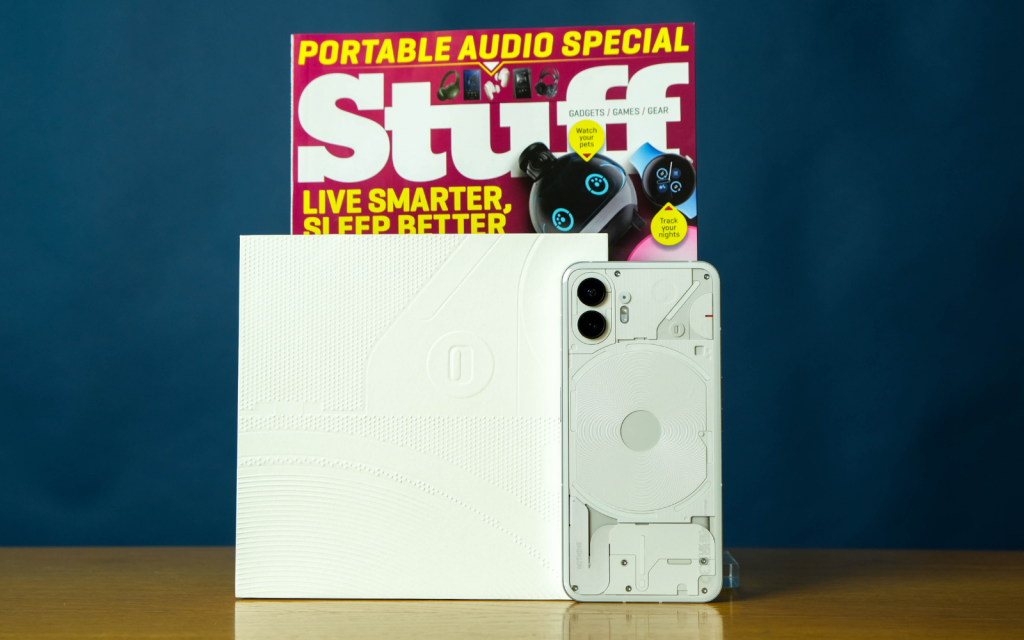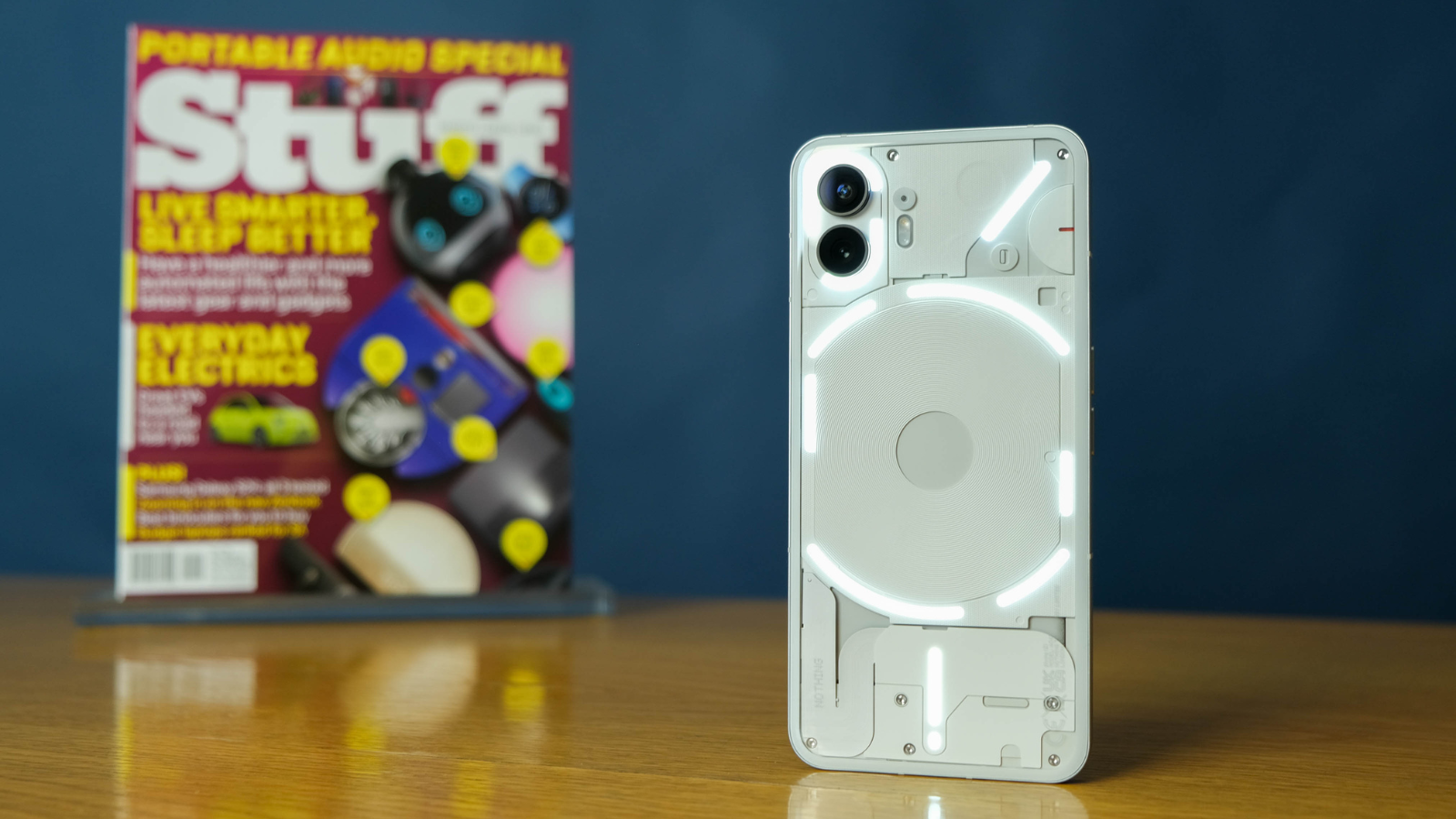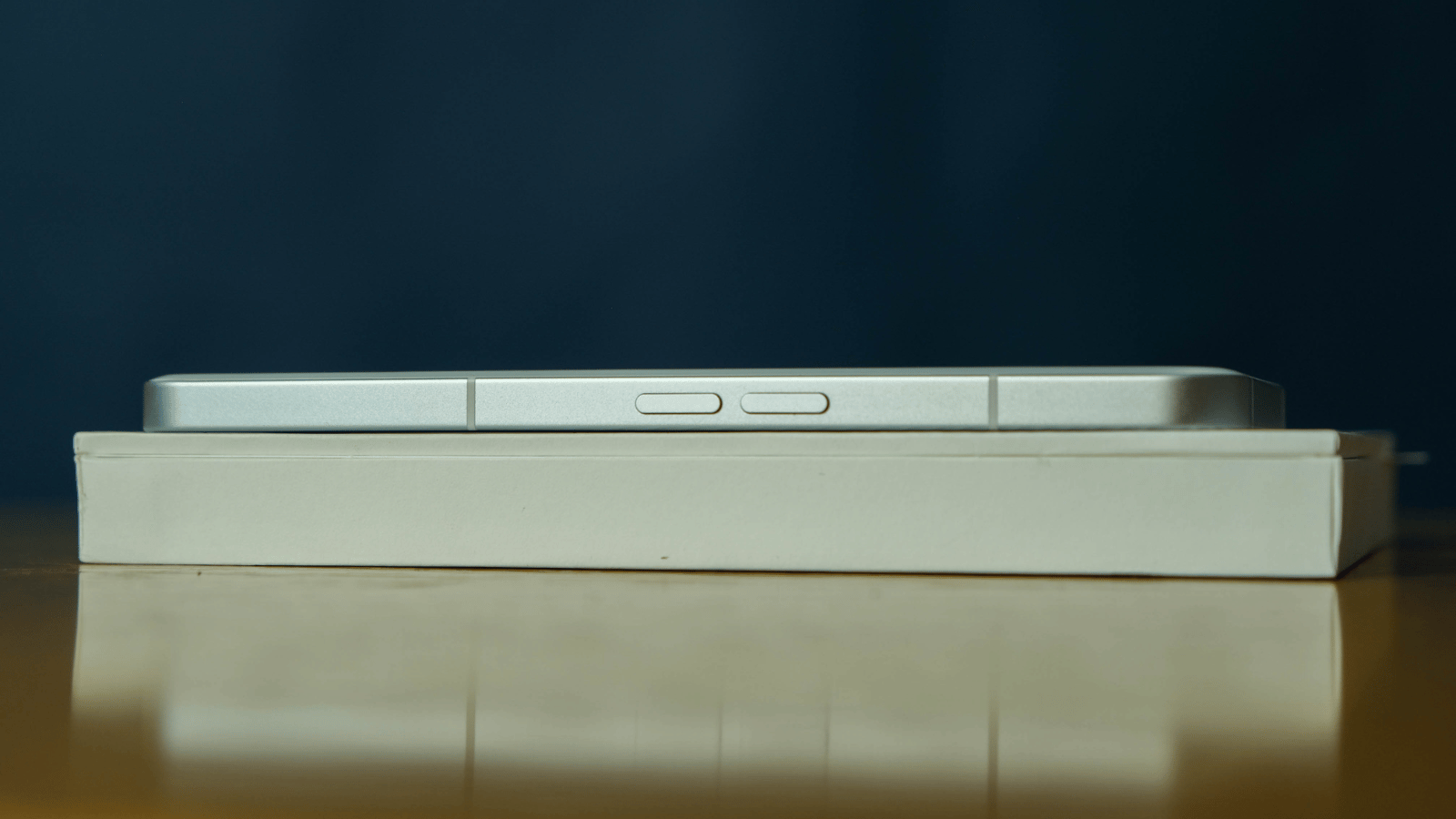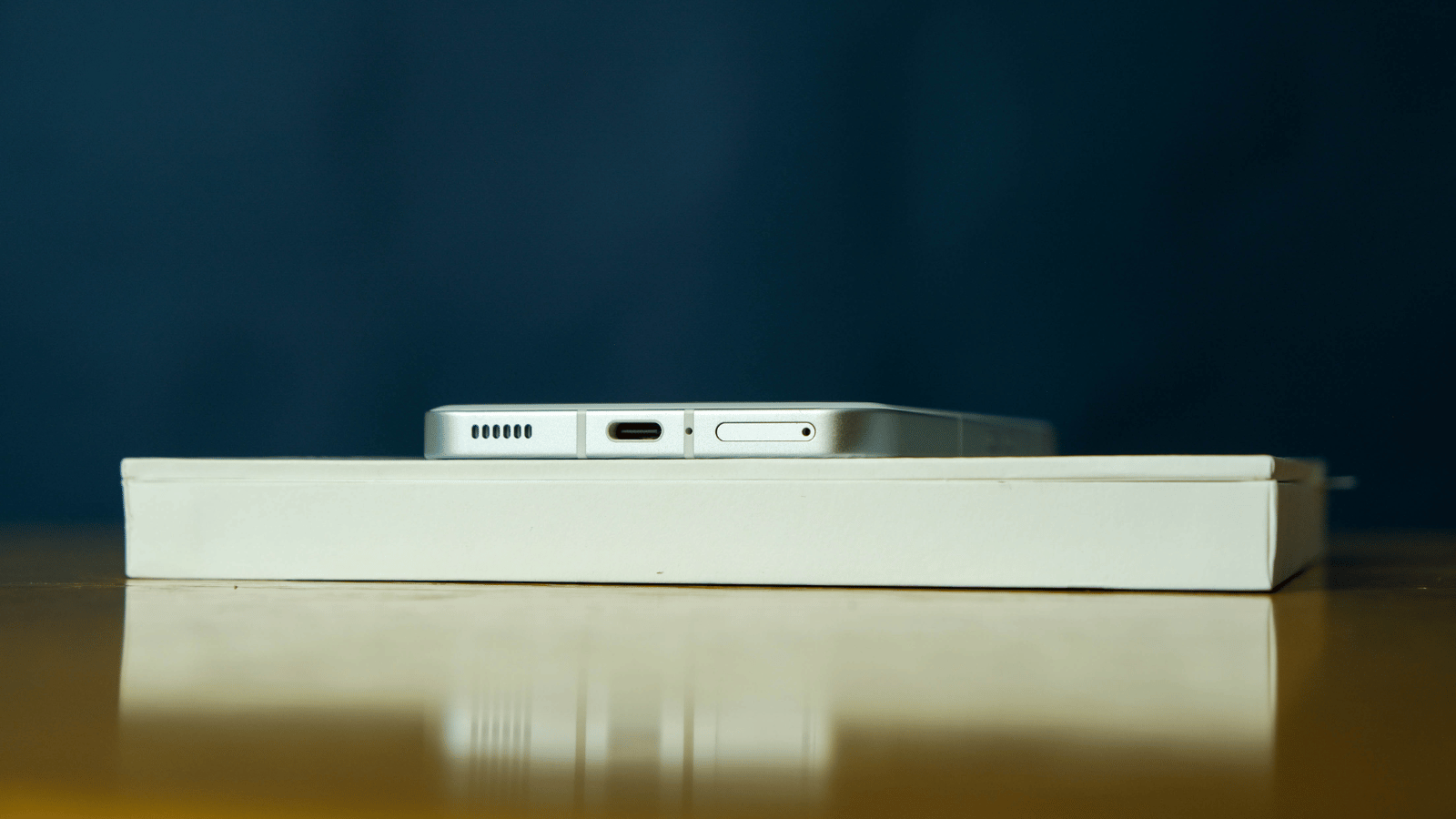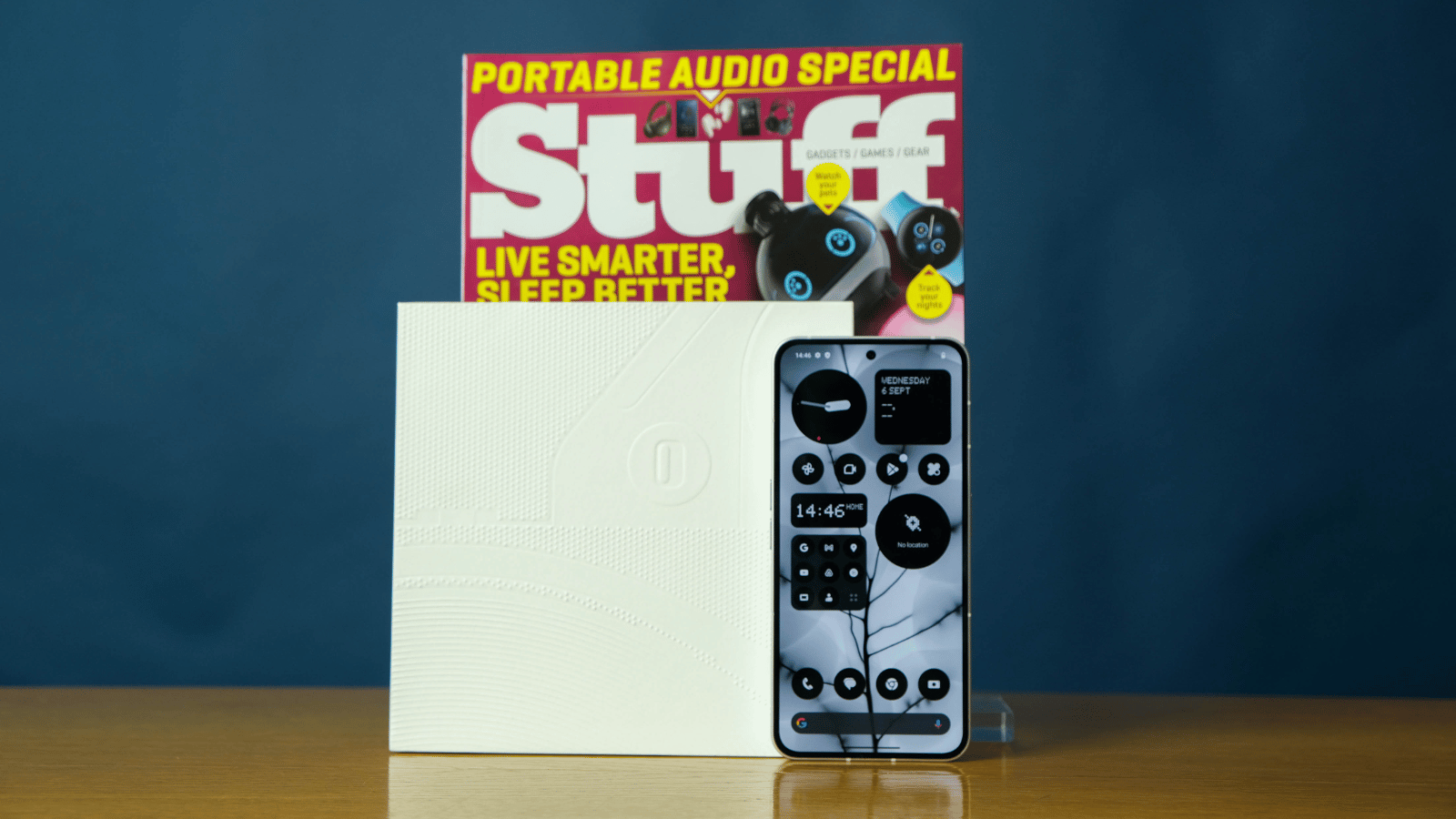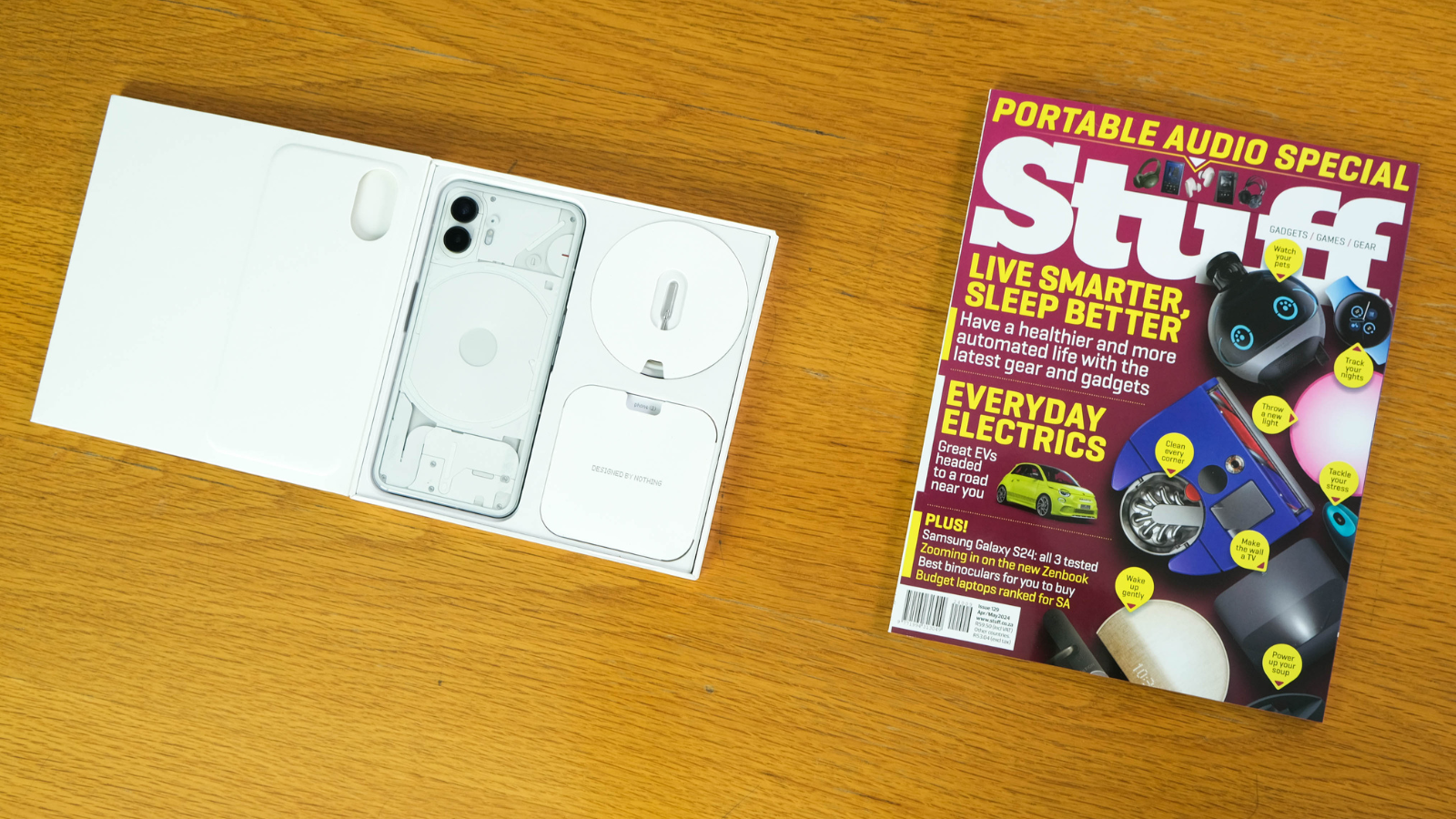The Nothing Phone (2) did exactly what it set out to: create a stunning smartphone that can live up to the performance expectation set by bigger names at a considerably lower price. The Nothing Phone (2a) admittedly did it better, but there's a separate review for that. If you've got the extra dough to spend on a flashier lighting system and more premium body, the Phone (2) is a perfect Samsung-killer.
-
Design
-
Performance
-
Camera
-
Battery
-
Value
You’ll rarely see companies take off in quite the fashion Nothing did in 2022, especially in an industry crowded by Samsung, Apple and the million-or-so Chinese companies. The company’s whole schtick is being innovative by breaking tradition, exemplified in the Nothing Phone 2 — if you can call a see-through glass rear with a couple of LEDs fixed to it ‘innovation’, that is.
Fortunately, we and most of the world, do. And that’s almost a problem. The bar has dropped lower than a ranked game of limbo, so anything that dares to take even a small step outside tradition is praised. Don’t mistake our sarcasm for hater energy. In the weeks we spent in the Phone 2’s company, we loved every second.
But there’s no denying it struck a chord that resonates throughout the review. The Nothing Phone 2 shines brightest when you’re admiring its admittedly beautiful glowing body from afar… until you take a step closer to see that it’s nothing more than a (fairly) fun reskinned Android clone packing a 4,700mAh battery (in 2024?!).
Nothing but vibes
First impressions are important. Nothing’s done an excellent job in that department. We, like most of the world, found ourselves drawn like moths to a flame (or reviewers to something shiny) to the Nothing Phone 2’s bolts-and-all glowy back. How could you not? While all the rest are paying big bucks to find a colour adjective they haven’t yet used, Nothing does the bare minimum and rightfully gets rewarded for it.
Being the family flagship, the Phone 2 turned up repping a more premium-feeling body than its younger sibling: the Phone 2a. Its resemblance to newer iPhones can’t be understated, with metal edges and curved corners adorning the phone. A smattering of Gorilla Glass wraps around the device to defend the front’s gorgeous display and the centre of attention — the Glyph light interface — on the rear.
Looking like our worst idea of a gimmick, the Glyph Interface is anything but. It needs a fair bit of fiddling right out of the box to get it to your liking, but the effort is worth it. Each of the eleven LEDs can be assigned different jobs, like a countdown to your Uber or something similar, or when the family group chat chimes in with the fifth cat picture of the day. It’ll spend most of its time face down if exclamations from those around are what you want.
Where the budget Phone 2a slapped the camera bumps right in the centre, the Phone 2 foregoes that to resemble a more basic B. We get it. The Glyph Interface takes precedence. It doesn’t mean we have to like it. We weren’t a big fan of Nothing’s decision to drop the volume buttons as far down as they did, however. The power button doesn’t make the same mistake, edging a higher spot on the opposite side. The USB-C port, speaker grille and SIM slot all have homes on the bottom edge.
Ain’t seen Nothing yet
We’re willing to bet anyone checking out the Nothing Phone 2 isn’t super fussed about performance. Nothing’s gone and stuck a flagship-level chipset in here anyway, taking the form of the Snapdragon 8+ Gen 1 chipset. Our model backed it all up with 12GB of RAM and 256GB of storage (an extra grand will double that storage).
That all equates to reasonably snappy performance in whatever we tasked the Phone 2 with doing. Expect smooth doom-scrolling on whichever app takes your fancy, or an even smoother fall from grace in Marvel Snap. That was with or without the ‘extra’ 8GB of RAM borrowed from the more than large enough 256GB we had. Hitches were non-existent when juggling three or four apps at a time. You’ll struggle to ask for more at this price point.
Some credit goes to the 6.7in LTPO OLED display you’ll be looking at it all through. It’s 120Hz capable, HDR10+-enabled if you’ve got the right content and hits a 1,300 peak nit brightness that turned out to be our only gripe with the otherwise superb display. It’ll suffer at the mere hint of sun, causing our backs to be ceaselessly bent over the smartphone to make sense of it all.
The Phone 2’s 4,700mAh battery is a real headscratcher™ and ultimately leaves a stain on what is close to being a perfect smartphone. Especially with the Phone 2a having a 5,000mAh lodged in its body. We’re almost convinced someone messed up monumentally somewhere down the line and got the two phone’s batteries mixed up.
In the end, the Snapdragon’s presence negated our thoughts. The Phone 2 proved capable of lasting an entire day when usage under moderate usage, only requiring a charge before bedtime when games kept us satiated for more than a couple of hours. Still, would it have killed them to chuck in a 5,000mAh battery?
Nothing personal, kid
Nothing has opted for a simpler dual-camera setup, consisting of the 50MP (f/1.9) Sony IMX890 leading the affair, and Samsung’s 50MP (f/2.2) ultrawide JN1 shooter slotting beneath it. Staring out the front’s dot-notch is a 32MP selfie shooter from Sony: the IMX615. If the traditional 2MP (f/2.5) depth sensor is a must, you won’t find it here. That budget’s already accounted for, buddy.
The main sensor touts OIS (optical image stabilisation), as well as Nothing’s promises of vastly improved HDR (high dynamic range) performance over the Phone 1. How we wish we could reaffirm those promises. It might be better than the Phone 1, having never tested it, but it isn’t quite up to par with the quality we expected. You’ll hear us grumble loudest when we get back an image that feels over-processed and washes out some colour.
Which, fairly, wasn’t all the time. It only committed that cardinal sin under harsh sunlight — managing to over-perform when it had less light to work with. There’s still an artificial feeling to contend with, but since it’s keeping the colours (mostly) accurate and only lightly boosting the brightness, we didn’t have any troubles.
Video performance did exactly what the tin said it could — 4K at 60fps — and did it well.
NothingOS(tentatiousness)
Ah, NothingOS. That’s the company’s self-imposed Android reskin that’s standing on the backs of Android 14. What caused an eye-roll initially, quickly became one of our favourite bits about the Nothing Phone. Some getting used to is needed for the monochrome. The dot-matrix font we honestly wouldn’t mind being slapped in more places around the phone.
NothingOS is unique in all the right ways, holding onto the core elements that make Android as popular as it is today. One of those differences that stood out to us was “essential” notifications, which light up one or more of the LEDs you’ve customized until you’ve read the message or answered the call. That meant we could ignore the Nothing Phone 2’s light show and only focus on the ‘important’ notifications.
As beautiful as the app drawer can look when filled with monochromatic apps, the effect is somewhat ruined when developers don’t play ball and dump their colour-filled icons into the mix. But if you can live with it, you’ll love the software’s well-executed widgets and overall vibe that most other Android clone attempts can’t match.
Nothing Phone 2 verdict
When lesser-specced smartphones cost R20,000 of your pocket change, the Nothing Phone 2 immediately makes itself the more attractive option. Our model, with 256GB of storage and 12GB of RAM, will set you back R16,100 when it turns up later this month. For what you’re getting — which is a glamourous smartphone that demands attention in any room it’s in — you can’t go wrong.
Even so, we can’t ignore just how excellent the Phone 2a is for a whole R6,000 less. It doesn’t maintain the premium feel that a glassy back offers, but does its best to convince you with similar camera performance, an excellent (and still OLED) display, and an even bigger battery. Somehow. But if you’ve got the dough to drop on a flashier phone, you won’t be disappointed with the Phone 2.

